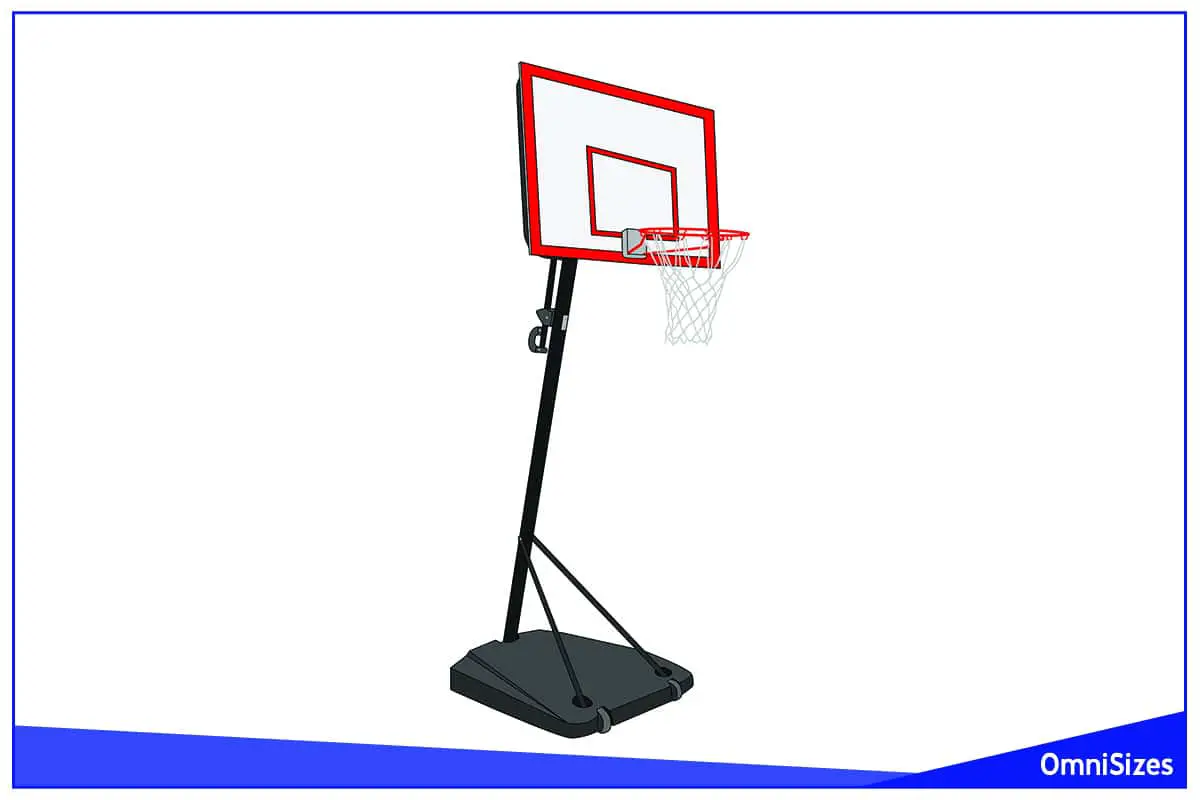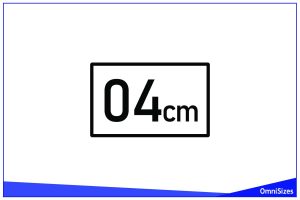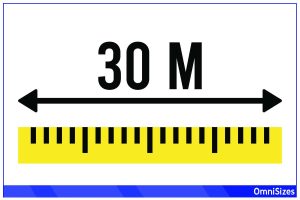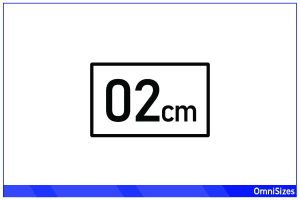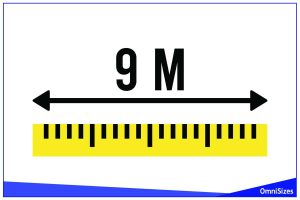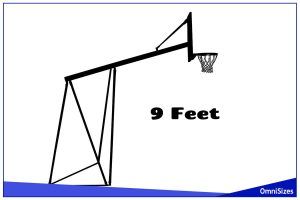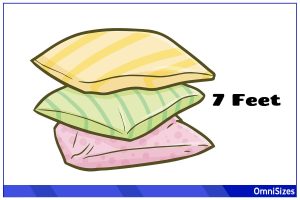If we convert 10 feet, we will get 3-1/3 yards or 3.048 meters. Now, if you want to measure 10 feet without a tape measure, that’s going to be a bit tricker. The best thing you can do in such a situation is to use your imagination, assuming you know of regular objects that are about 10 feet in length.
To measure 10 feet without a tape measure, you can try using the following items:
- 15 bricks
- 10 floor tiles
- 2 bathtubs
- 20 milk jugs
- 5 kegs
- Basketball hoop
- 10 zip ties
- 2/3 SUV
- 10 license plates
1. 15 Bricks
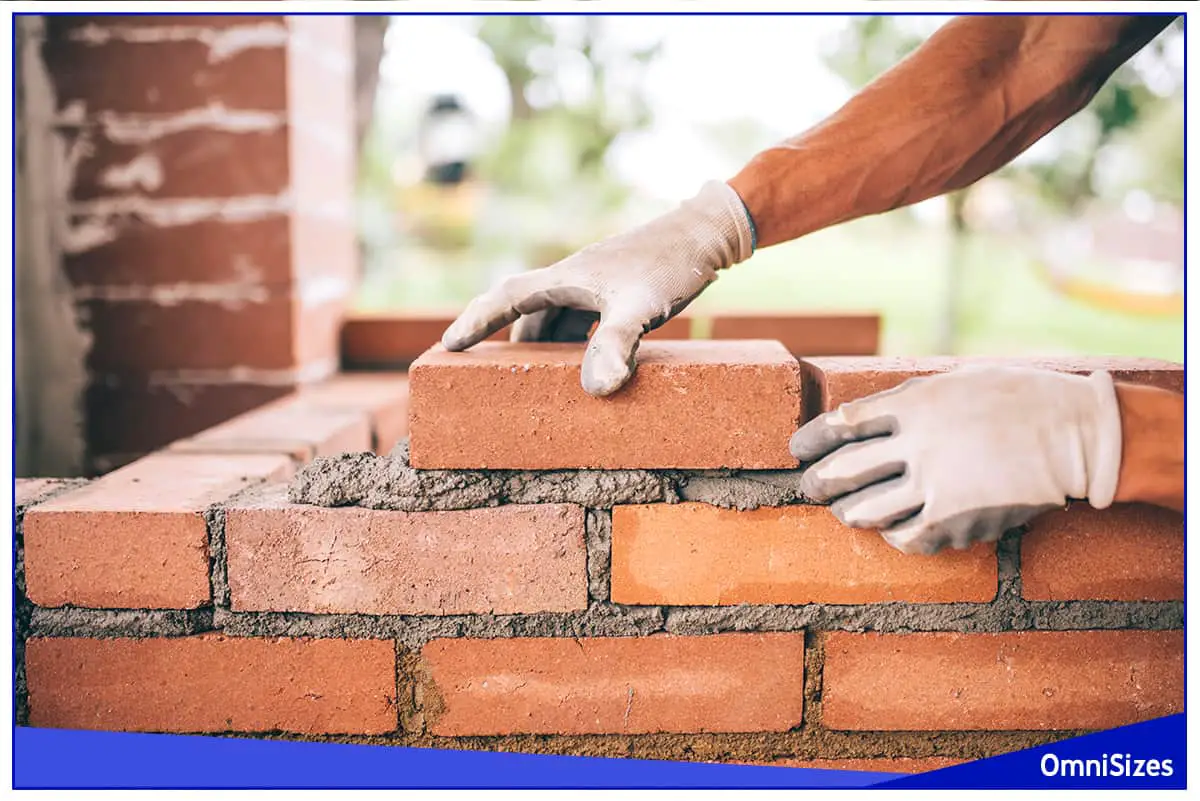
A humble brick might not be much to look at on its own, but get a bunch of them together, and they’re like the Avengers of building materials. They’re sturdy, reliable, and have been around since the dawn of construction. Ever tried to drill into one? You’ll need more than just elbow grease and good intentions.
There are probably a billion different types of brick, each suited for different tasks. The common red brick measures 8 inches long. Place 15 of them in a conga line to see how long 10 feet is (no mortar necessary).
2. 10 Floor Tiles
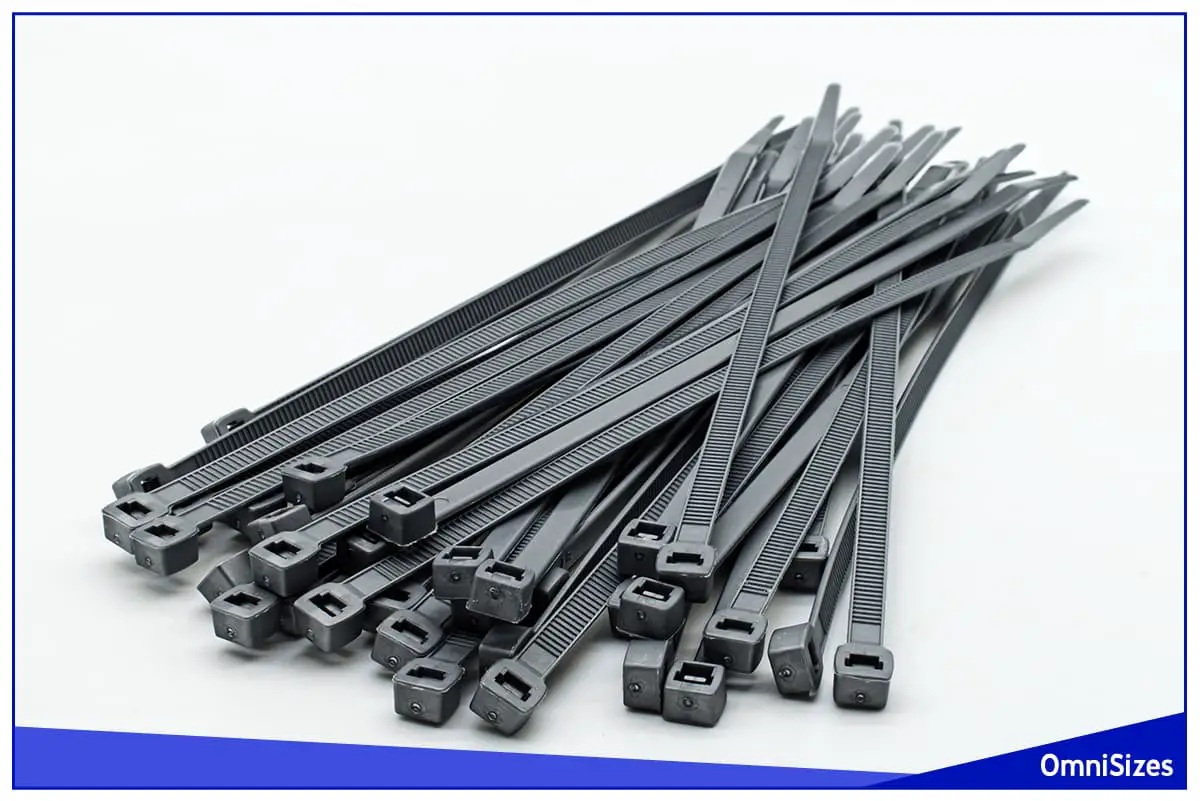
Floor tiles are like the fashionistas of flooring options. They come in all sorts of sizes, colors, and materials, ready to make a statement in your kitchen or bathroom. Choosing floor tiles is kind of like picking out an outfit for your house–you want something that looks good but can also handle a spill or two.
You can find floor tiles in a wide range of dimensions, but what we’re interested in is the 12-inch variety. Precisely 10 of the foot-long tiles will get you to 10 feet. If all you have are 18-inch tiles, 6-2/3 of them will do the trick.
3. 2 Bathtubs

There’s nothing quite like coming home from a long day, filling up the tub, and pretending you’re in a fancy spa (even if your “spa” is just your bathroom with some candles you found in the cupboard). Bathtubs see us at our most vulnerable while singing terribly off-key or contemplating life’s mysteries.
Go to your bathroom and take a long, hard look at your bathtub. Typical bathtubs measure 60 inches or 5 feet long. So, imagine placing 2 of them end to end to get your 10 feet.
4. 20 Milk Jugs
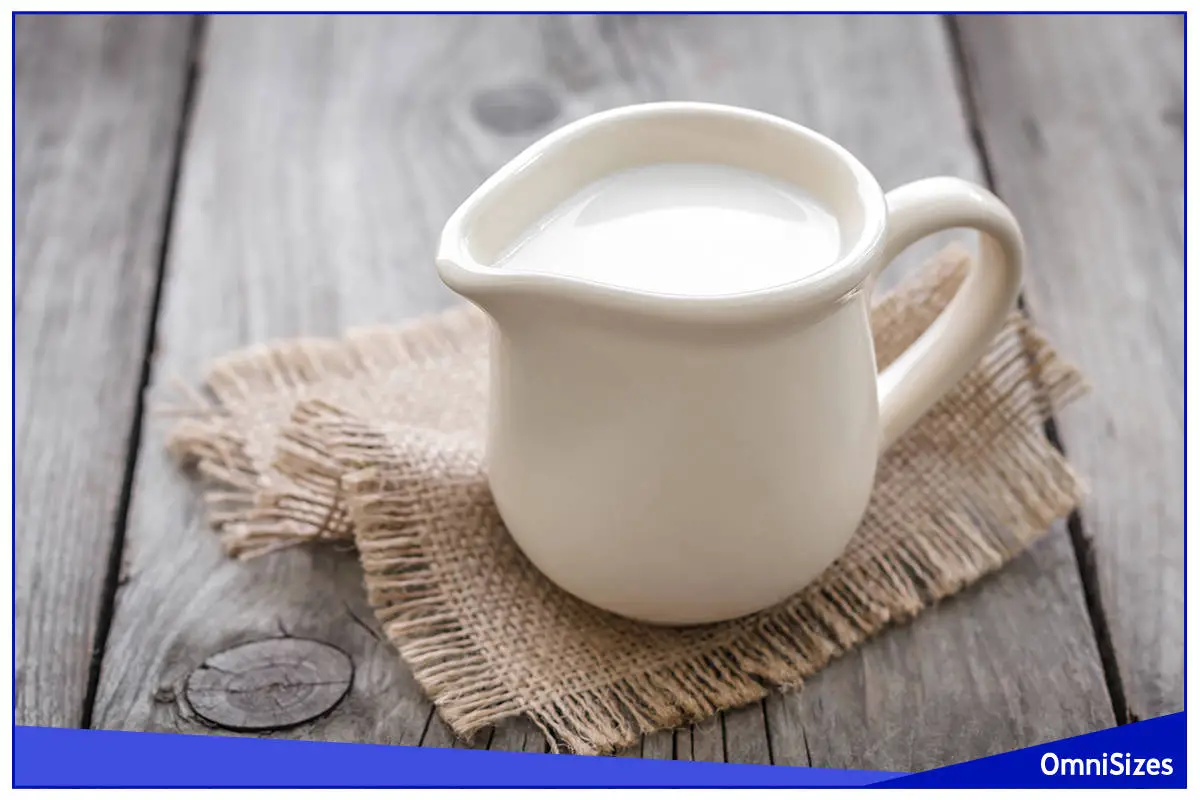
Ever thought about how handy milk jugs are? With a little creativity, they can become watering cans, bird feeders, or even part of a DIY Halloween costume. There’s something almost comforting about that familiar gallon size. Next time you finish a jug, give it a moment of appreciation before you recycle it or turn it into a makeshift ruler.
The typical 1-gallon milk jug you can find in supermarkets has a 5.960 × 5.960-inch footprint. Place 20 of them in a straight line to see what 10 feet looks like. They are about 9.790 inches tall, so a stack of 13 1-gallon milk jugs will stand 10 feet, but we wouldn’t recommend trying this.
5. 5 Kegs
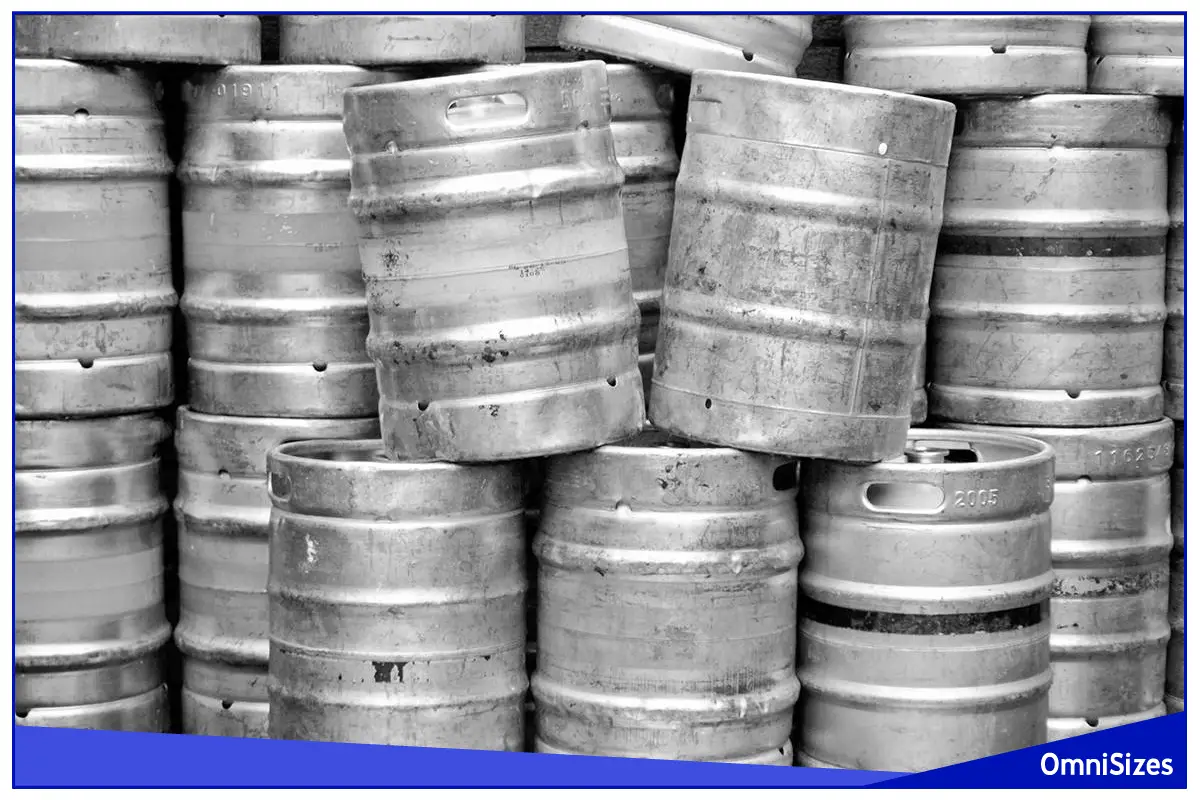
Kegs are the life of the party. Hosting a keg at a party is a rite of passage, complete with the challenge of tapping it without causing a beer geyser. Kegs have this way of bringing people together, gathered around in anticipation of that first frothy pour.
If you’re a beer aficionado, you probably know that there are several beer keg sizes. Let’s focus on the largest common size—the Cornelius Keg, which holds 5 gallons of depression juice. Stacking 5 of them will give you a height of about 10 feet. This probably isn’t safe to do, so just imagine it in your mind’s eye.
6. Basketball Hoop

A basketball hoop is a beacon of hope for every aspiring NBA star shooting hoops in the driveway. It’s the witness to buzzer-beaters, epic comebacks, and that one time you tried to dunk and realized gravity had other plans. Whether it’s a rusty rim on a garage or a shiny new one at the park, the hoop stands tall. Go on, take the shot. You miss 100% of the shots you don’t take.
The hoop stands exactly 10 feet above the ground, assuming it was installed in accordance with NBA rules. This is the height of the hoop and not the top of the backboard, which should be 13 feet high.
7. 10 Zip Ties

Zip ties, a.k.a. the MacGyvers of the tool world, come in handy in a million different situations. Need to secure cables? Zip tie. Childproofing cabinets? Zip tie. Temporary fix for just about anything? You guessed it, zip tie. Their simplicity is their strength, a lesson in design efficiency that holds the world together.
Zip ties are sold in different materials and sizes, but a common size for DIY purposes is 12 inches. If you have a pack of 12-inch zip ties on hand, 10 of them in a line will show you how long 10 feet is.
8. 2/3 SUV

SUVs are rugged and ready for anything. The SUV is ready for anything, from hauling kids to soccer practice to hauling you and your family on your next road adventure. If you want to hit the road without booking a room, just set up camp inside your SUV, as long as you stick to a few rules. Most of those rules are concerned with where you park!
The size of an SUV varies between models, but the average length is about 15 feet. If you can, imagine slicing your SUV into thirds and taking 2 of them—that’s 10 feet for you.
9. 10 License Plates
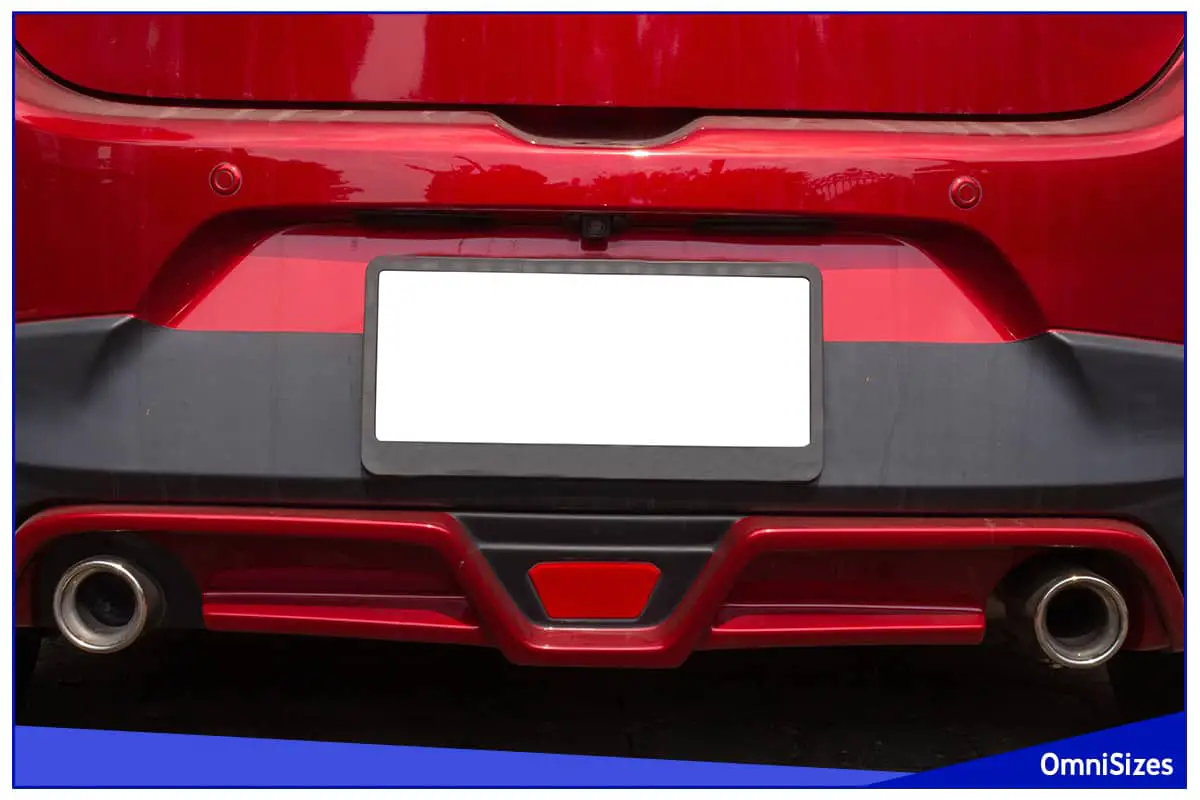
Each is a miniature billboard that offers a glimpse into a state’s identity or a driver’s personality (especially those custom plates that say “IML8”). They’re sometimes challenging to decipher, but they’re always a welcome distraction on a long drive. A quick glimpse at a passing license plate is fine, as long as you keep your eyes and mind on the road!
Head to your garage or driveway and memorize the width of your license plate. If you’re in the US, it should be 12 inches. Envision lining 10 of them side by side to get your full 10 feet.
